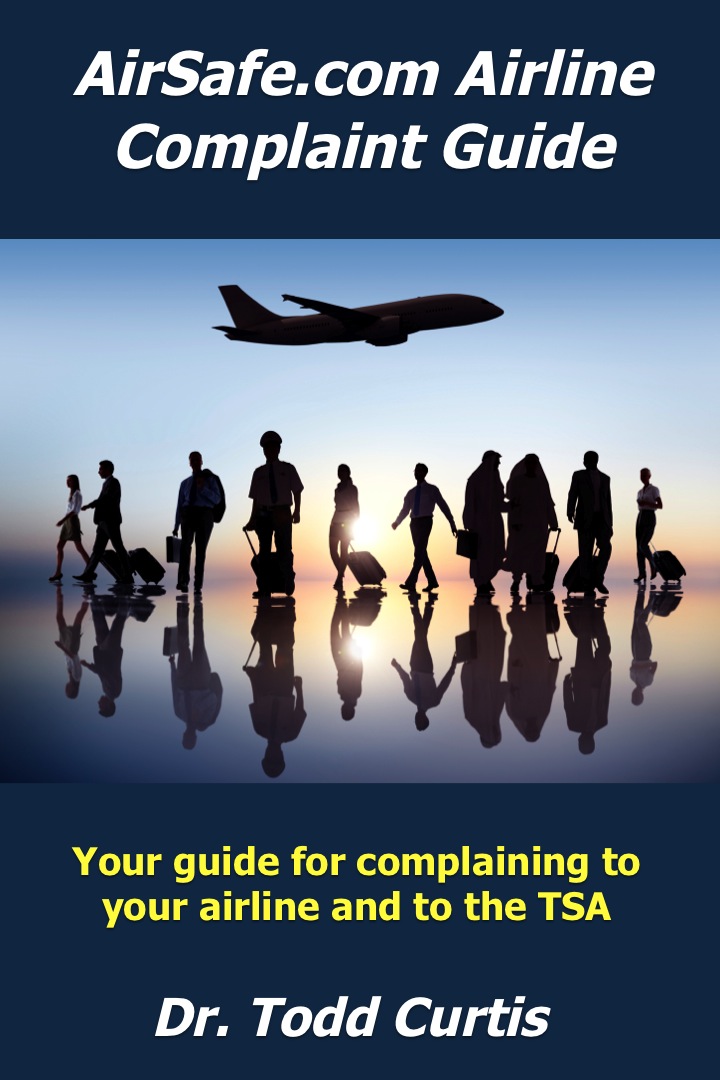East Palo Alto, CA
 A twin-engined Cessna 310R (N5225J) crashed in an East Palo Alto neighborhood shortly after taking off from the Palo Alto Airport. The aircraft, which was flying to the Los Angeles area, took off under a dense fog advisory with zero to one-quarter mile visibility. The aircraft reportedly struck an electrical transmission tower and power lines before crashing into a residential neighborhood less than a mile from the airport. Several buildings were hit, including one with a day care center. There were several people inside the building, including one child, and all escaped without injury.
A twin-engined Cessna 310R (N5225J) crashed in an East Palo Alto neighborhood shortly after taking off from the Palo Alto Airport. The aircraft, which was flying to the Los Angeles area, took off under a dense fog advisory with zero to one-quarter mile visibility. The aircraft reportedly struck an electrical transmission tower and power lines before crashing into a residential neighborhood less than a mile from the airport. Several buildings were hit, including one with a day care center. There were several people inside the building, including one child, and all escaped without injury.As a result of the crash, power was knocked out for much of the Palo Alto area, leaving the headquarters of companies such as Stanford Hospital, Hewlett-Packard, and Facebook in the dark.
The three people killed were all high level employees of Tesla Motors, one of the companies run by Elon Musk, one of the founders of PayPal and also the head of the private rocket company SpaceX.
Sounds of Crash Captured by Security System
The city of East Palo Alto, where the crash occurred, uses an advanced audio detection system that allows police to quickly find the locations of gunshots. This ShotSpotter system recorded the sounds of the crash from two locations.
First there is the sound of a plane's engines. Then a crackling noise, as though the plane has hit a power line. Then, crashing sounds, as parts of the aircraft landed on homes; a loud bang as the plane impacted with the ground; and a few seconds after the crash, people screaming as the plane fuselage skidded down Beech Street and plowed into walls and cars in the neighborhood.
According to Joshua Cawthra, lead investigator for the NTSB, it is the first time in aviation history that such a recording will be used for forensic purposes. Recordings taken from two of the sensor locations initially have the sounds of the aircraft's engines, followed by the sounds of the aircraft hitting power lines, and finally the sounds of pieces hitting the ground and of residents reacting to the crash.
Sounds of plane crash alone (0.11)
Sounds of plane crash plus screams of neighbors (0.11)
The ShotSpotter sensors each contain a GPS receiver with a precision clock, providing the NTSB with a precise, millisecond-by-millisecond recording of the incident, as captured by five ShotSpotter sensors deployed throughout East Palo Alto. According to the East Palo Alto police, the sensors were located at various distances from the crash, the closest being just over 600 feet away and the furthest being roughly 1,500 feet away.
The photos below depict the damage at the building housing the day care center, as well as an overview of the area with the area of the crash circled, and the path of the power lines highlighted.



Additional Information
San Jose Mercury News
KGO Television
Stanford Daily
Photo Credits: KGO television, Nader Khouri, Google Earth
Photo Notes: Top photo is from 2001 and shows accident pilot Doug Bourn filling the tanks of the accident aircraft (N5225J)










No comments:
Post a Comment